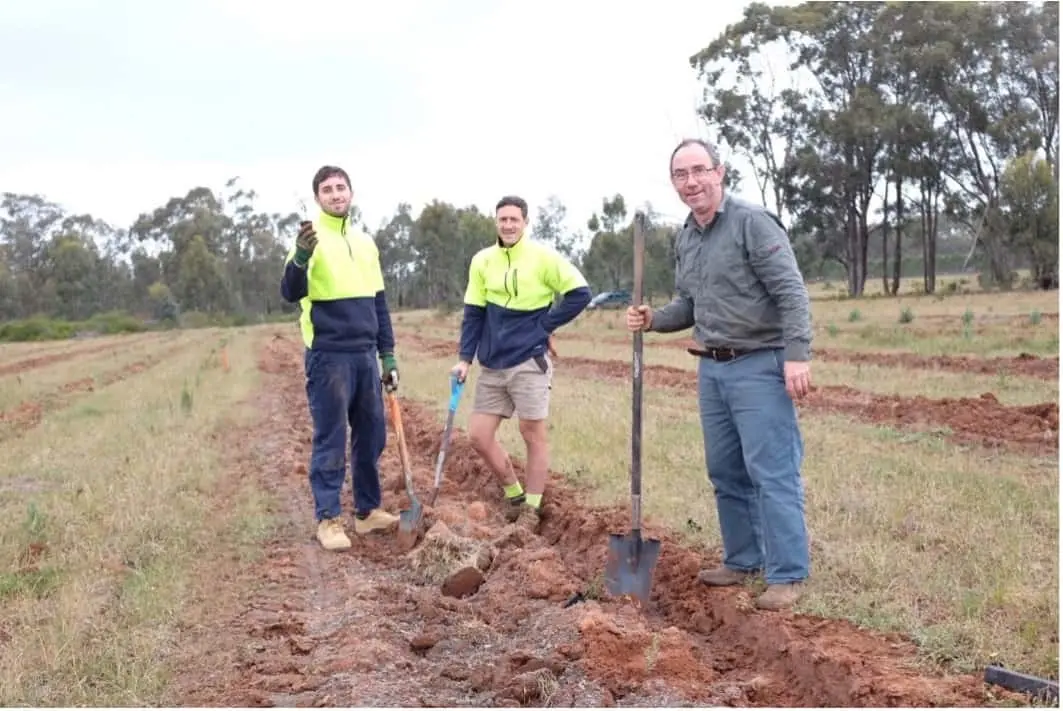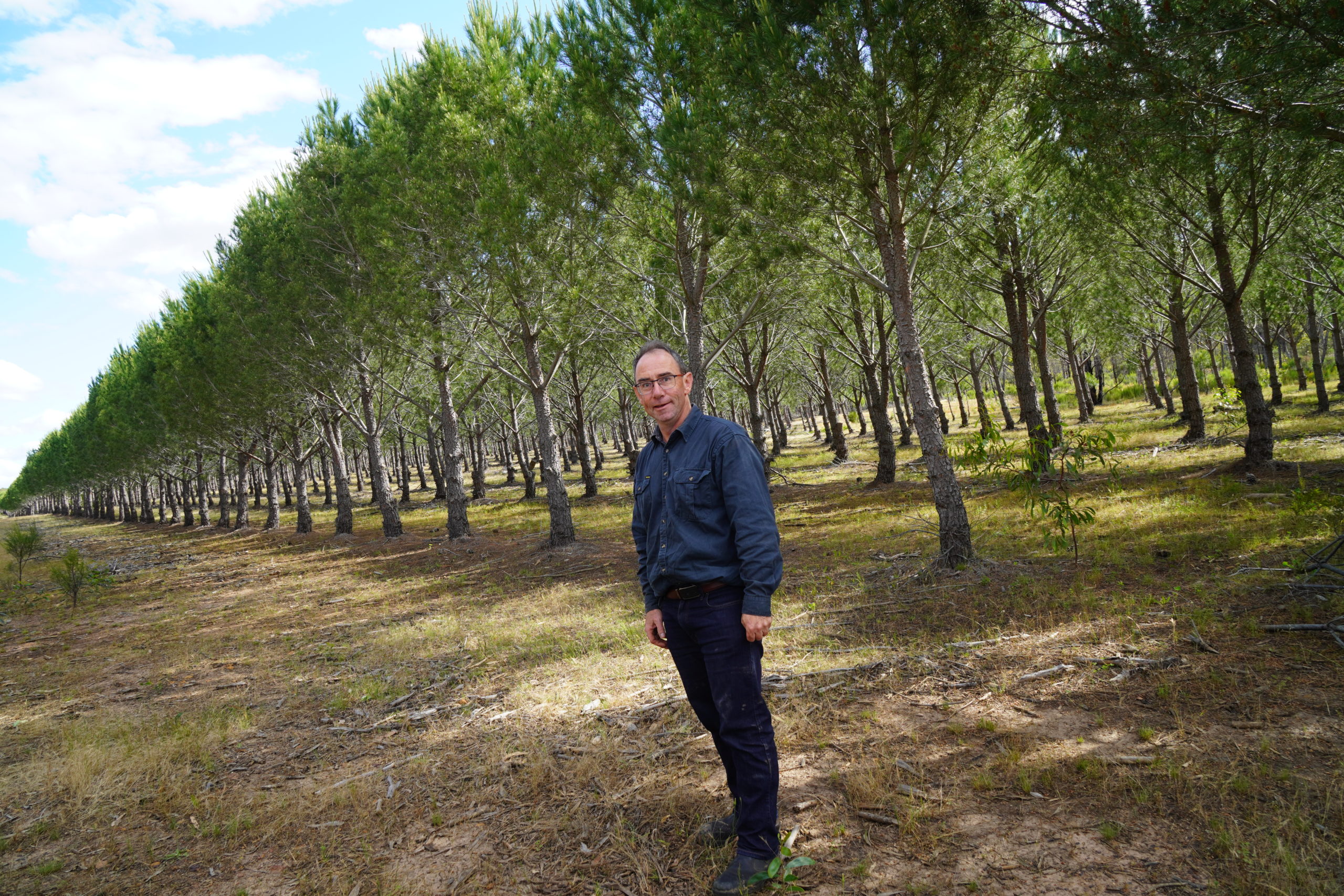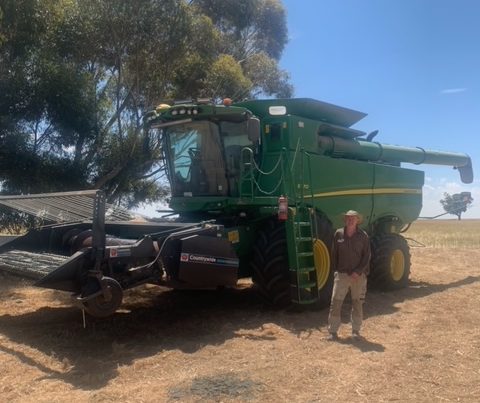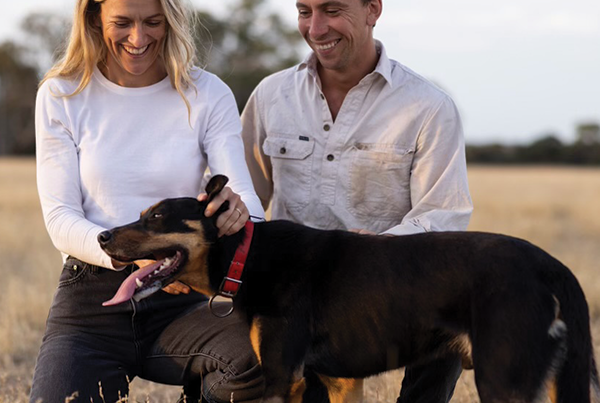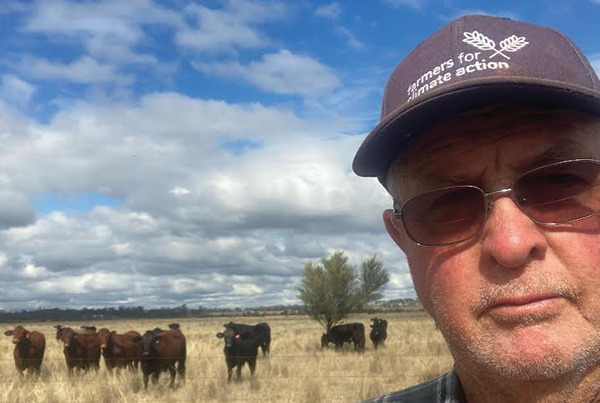At a glance
Who: Richard Zwar
What: Pine Nut Orchard, 350Ha. with relatively poor clay subsoils. The main difficulty with Pine Nuts is the long lead time until the first harvest; this can be 7 to 15 years in comparison to almonds with the first harvest 3-4 years. The production time is long and can be 70-120 years. Pine Nuts are grown as a monoculture in places like Spain, Portugal and Turkey, where they are used to stabilise sand dunes and to forest poor semi-arid regions. We believe that these trees can be integrated into many different farming regimes providing multiple benefits as a diversification for farmers.
The main attraction to these trees is that they are drought resilient, can grow on marginal soils, do not require irrigation, and have few pests and diseases affecting them.
Where: Between Rushworth and Heathcote Victoria
Can you tell us about your property?
The property had a history of being partly dry land for merino sheep and with a portion of native timber adjacent to state forests. The rainfall is around 450-500mm with a bit of a rain shadow affecting the property.
There are 100 Ha of mature pine nut trees ( Pinus PInea) 17-22 yo and 150 Ha of recently planted pine nut trees 2-4 yo.
Strategies to maximise the use of the land and counter the long lead time until the first harvest has been to trial and test the growing of native botanicals between the rows of the newly planted pine seedlings. They will produce at 1 year to 18 months and can be harvested at least once per year and will continue to be harvested for at least 10-15 years without negative effect on the pines. There is a growing native botanical market with many uses for these including bush food and essential oils.
Other strategies for soil health and biodiversity have been no till cover and poly crops between rows of the pines.
The main aspect to consider is that these trees are long lived and can be incorporated into many other farming regimes for diversity of income and other benefits, including:
- Broad acre cropping with rows of pines between crop rows at large scale.
- Grazing, where the pines act as shade and shelter belts.
- More compact multi use operations with rows of pines and 8-20 m row widths with high value inter row cropping (no till) and or high value crops such as native and non native botanicals.
The system we use allows for large amounts of carbon drawdown from both the pines and the rapidly growing botanicals.
What first got you thinking about climate change?
The challenging seasons with drought and flood and little predictability make you stand up and think. Growing a high value product that is relatively drought resilient, tough and requires minimal maintenance is a good strategy. The use of inter row cover crops lowers input costs whilst also improving soil health.
